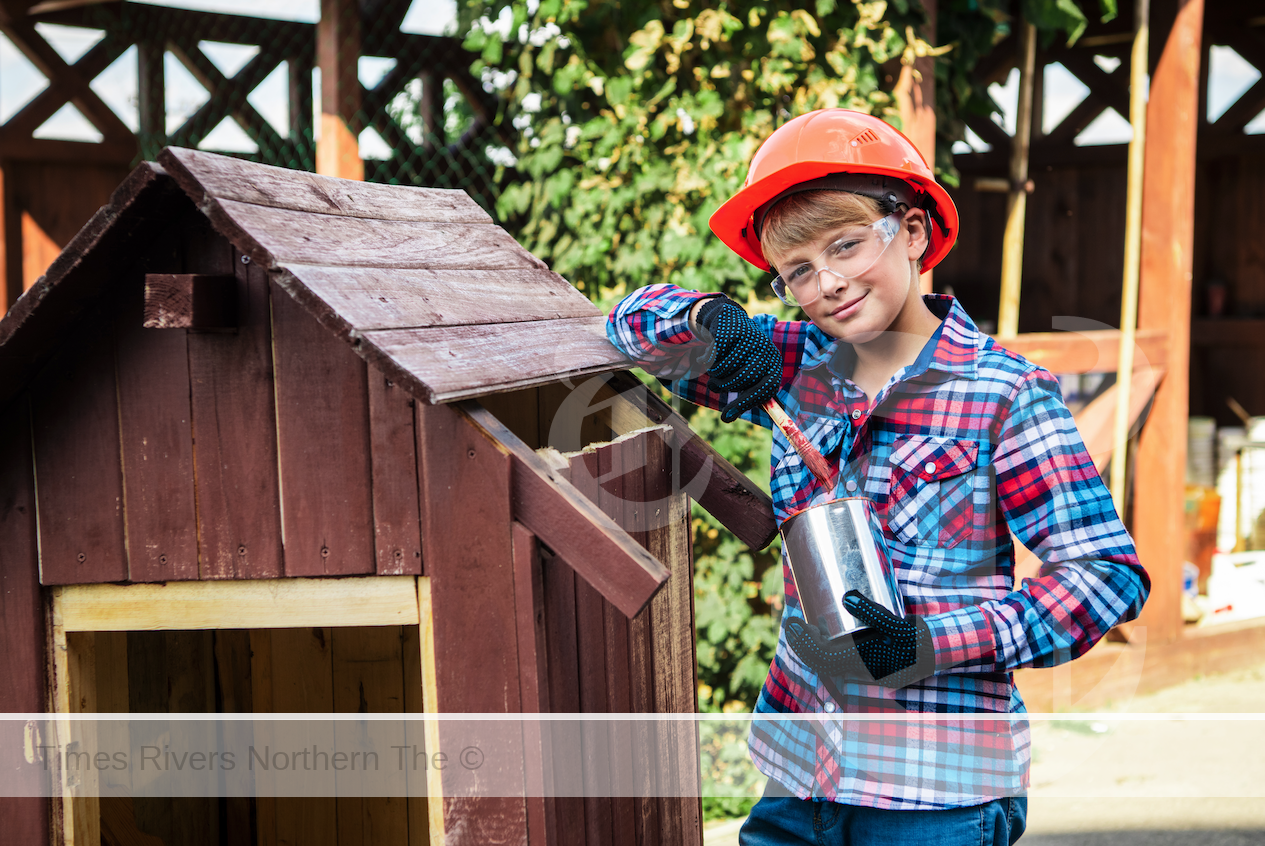The Enchanted World of Kids Cubby Houses
Cubby houses, those quaint, imaginative structures nestled in backyards around the globe, are more than just play spaces for kids—they are sanctuaries of creativity, learning, and childhood memories. In this exploration of cubby houses, we delve into their charm, benefits for childhood development, design considerations, and tips for creating the ultimate backyard adventure.
Cubby Houses and Childhood Development
At first glance, a cubby house might appear as a simple wooden structure tucked into a garden corner. Yet, to children, it represents a boundless world of fantasy and freedom. These mini-homes are the stages for imaginative play, where kids can be pirates one day and bold explorers the next. This imaginative play is crucial for cognitive development, raising creativity, problem-solving skills, and independence.
Advertisements

Cubby houses also serve as a child’s first look into ownership, giving them a sense of responsibility and pride in their space. Decorating and caring for their cubby, children learn about organisation and personal responsibility in a fun, engaging way.
The Design Philosophy Behind Cubby Houses
When designing a cubby house, the goal is to balance safety, creativity, and environmental harmony. Modern cubby houses range from simplistic designs to elaborate mini-mansions, equipped with verandas, slides, and even climbing walls. However, the essence of a cubby house is not in its complexity but in its ability to inspire and adapt to a child’s imagination.
Eco-friendly materials and sustainability are becoming increasingly important in cubby house construction. Recycled wood, non-toxic paints, and solar-powered lights are just a few options for parents looking to minimise environmental impact. Moreover, incorporating natural elements like sandpits, water play areas, and gardens can further connect children with nature, enhancing their learning and sensory development.
Incorporating Education into Play
The educational potential of cubby houses is vast. By integrating elements like chalkboards, weather stations, or even simple tools for gardening, children can learn valuable lessons about the world around them. These features encourage exploration and curiosity, key drivers of lifelong learning.
Cubby houses are also excellent tools for social development. They can be hubs for social interaction where kids learn to negotiate, share, and work together. Whether it’s deciding on the day’s play theme or resolving a dispute about who gets to be the captain of the ship, these experiences are invaluable in developing empathy and social skills.
Creating Your Child’s Dream Cubby House
Building a cubby house can be a wonderful project for the whole family.
Here are some tips to get you started:
- Safety First: Ensure the structure is stable and materials are safe. Smooth out any sharp edges, and if the house is elevated, secure railings and a sturdy ladder.
- Let Creativity Lead: Involve your child in the design process. Their imaginative ideas can lead to unique features that make the cubby house truly theirs.
- Consider the Location: Place the cubby house in a spot that’s easily visible from the house but also immersed in the garden. Proximity to trees, flowers, and shrubs can enhance the sense of adventure.
- Think Long-Term: Children grow quickly, so consider a design that can evolve with them. Modular cubby houses that allow for expansions or modifications can extend the life of the playhouse.
The Community Aspect of Cubby Houses
Cubby houses have the power to bring communities together. Neighbourhood cubby house competitions or shared community garden cubbies can foster a sense of togetherness and shared pride. These initiatives not only create communal spaces for play but also teach children the value of community and collective care for shared spaces.
The Cubby Houses Await!
Cubby houses represent a world of wonder for kids, offering endless possibilities for play, learning, and growth. They are microcosms of creativity, where the simplest structures can become castles, spaceships, or secret headquarters in the eyes of a child.
Beyond their immediate joy and entertainment value, cubby houses play a crucial role in childhood development, encouraging independence, social skills, and a connection with nature.
As we design and build these special spaces, we’re reminded of the importance of play in a child’s life—not just for fun, but as a fundamental part of learning about the world and themselves.
In the end, the greatest gift we can give our children is the space and freedom to explore, imagine, and dream. And perhaps, in the process of creating these magical garden retreats, we rediscover a bit of our own childhood wonder along the way.
For more gardening news, click here.





 Tweed Shire News2 years ago
Tweed Shire News2 years ago
 Motoring News1 year ago
Motoring News1 year ago
 COVID-19 Northern Rivers News3 years ago
COVID-19 Northern Rivers News3 years ago
 COVID-19 Northern Rivers News3 years ago
COVID-19 Northern Rivers News3 years ago
 Northern Rivers Local News3 years ago
Northern Rivers Local News3 years ago
 Health News3 years ago
Health News3 years ago
 COVID-19 Northern Rivers News3 years ago
COVID-19 Northern Rivers News3 years ago
 NSW Breaking News3 years ago
NSW Breaking News3 years ago





























